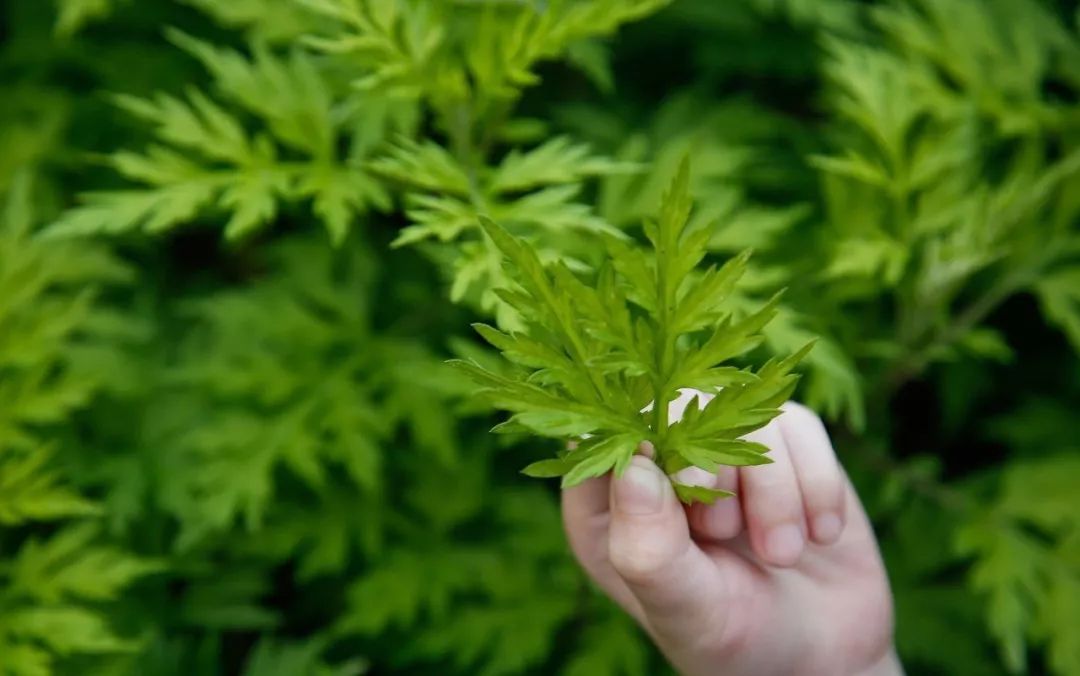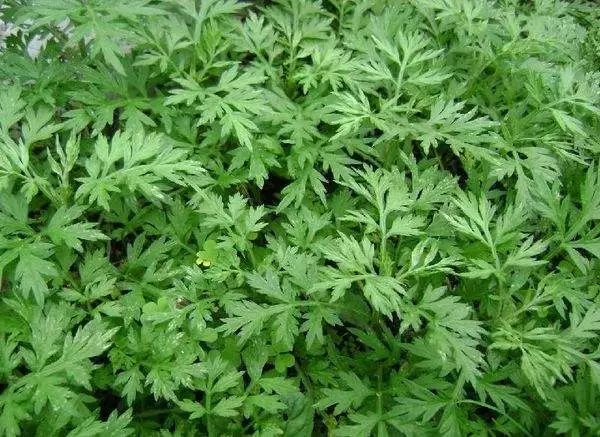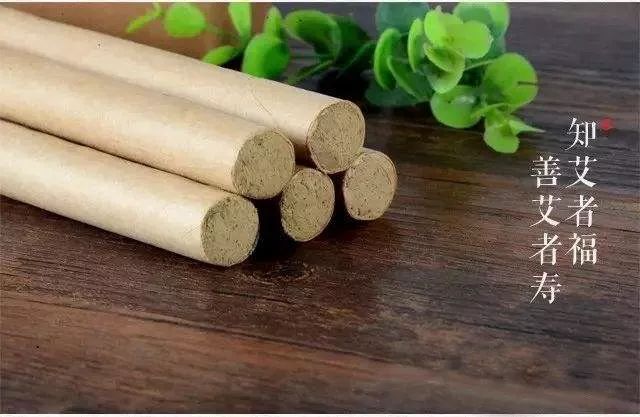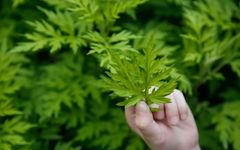Li Shizhen in the Compendium of Materia Medica states: “Mugwort leaves draw on the true fire of the sun, which can restore the original Yang. Taking it will dispel the three Yin and eliminate all cold and dampness, transforming the killing energy into harmony. Moxibustion with it penetrates the meridians and treats hundreds of diseases, bringing health to those suffering from chronic ailments; its efficacy is indeed great.”
The Compendium of Materia Medica records: Mugwort is used medicinally from its leaves, which are warm in nature, bitter in taste, non-toxic, and possess pure Yang properties. It connects with the twelve meridians and has effects such as restoring Yang, regulating Qi and blood, dispelling dampness and cold, stopping bleeding, and calming the fetus. It is also commonly used in acupuncture, hence it is referred to as “medicinal herb.” Currently, the popular “herbal baths” in Taiwan often use mugwort. Regarding the properties of mugwort leaves, the Compendium states: “Mugwort leaves can moxibust hundreds of diseases.”
Mugwort is the most common plant in rural areas, and most people refer to it as mugwort leaves. In folk traditions, to treat diseases and dispel evil, there are customs such as eating mugwort rice cakes on the third day of the third month, hanging mugwort leaves at the door on the fifth day of the fifth month, and taking mugwort baths, with the saying, “If there are three years of mugwort at home, the doctor need not come.”

The various claims about mugwort are not baseless; each effect has either been clinically validated by TCM over thousands of years or confirmed through rigorous modern scientific research! 1. Mugwort leaves are bitter and pungent, warm in nature, and enter the liver, spleen, and kidney meridians. They have effects such as warming the meridians and stopping bleeding, dispelling cold, regulating menstruation, calming the fetus, warming the stomach, killing parasites, relieving itching, moxibustion for hundreds of diseases, stopping diarrhea, and relieving depression. 2. Clinically, mugwort leaves are commonly used to treat dysmenorrhea and menstrual irregularities caused by deficiency and cold in the lower jiao, making them a common gynecological herb. Externally, they can treat skin diseases such as eczema and boils. 3. Research has found that mugwort leaves contain flavonoids, which inhibit tumor cell growth, relieve spasms, and treat gastric ulcers. The flavonoids and polysaccharides in mugwort have antioxidant activity, and mugwort polysaccharides also have immune-regulating effects. 4. Mugwort has a unique fragrant aroma; when made into fragrant pillows, it helps with sleep and relieves fatigue. 5. In acupuncture, the “moxibustion” with mugwort leaves warms the meridians, dispels cold, and alleviates pain. The heat from the fire slowly penetrates the skin, entering the meridians, thus regulating the meridians, muscles, and internal organs’ coldness. It has the dual effects of warming and tonifying Yang Qi while dispersing cold and invigorating blood. 6. Soaking feet in mugwort has many health benefits, especially when harvested in May during the dew season, as it has the best medicinal effects.

Mugwort leaves are a great remedy for dispelling cold and dampness throughout the seasons! When heated, mugwort can exert its maximum efficacy, making it particularly suitable for those who feel cold in their hands and feet despite hot weather or suffer from rheumatic pain. It is a health product that many people keep on hand year-round.
▲Soak mugwort in hot water for foot baths or baths.Using mugwort leaves for foot baths and gently massaging the Yongquan (Kidney 1) point on the sole of the foot helps connect the heart and kidneys, aiding sleep.
▲Use it for baths or body scrubs.Rubbing the skin allows the medicinal properties of mugwort to enter the body, helping to eliminate toxins. ▲Use it for tea.Brewing with hot water warms the uterus, dispels dampness, nourishes Yang, supplements deficiency, warms the meridians, benefits Qi, detoxifies, promotes diuresis, reduces swelling, enhances immunity, and prevents air conditioning sickness. ▲Use it to repel mosquitoes.Known as the “immortal herb,” mugwort has antiviral properties. Its aromatic effect is good for repelling mosquitoes, eliminating dampness and odors, purifying the air, benefiting the body, and supporting bronchial health while enhancing immunity.
Note:▲Pregnant women should avoid it. Women with heavy menstrual flow should avoid it, while those with light flow or dysmenorrhea may use it. Avoid use in areas with external injuries or ulcers. Those with heart disease, severe hypertension, diabetes with diabetic foot, and severely weak individuals should avoid it.▲Soaking feet should not exceed 30 minutes to avoid excessive sweating. After soaking, drink warm water to replenish fluids.

Mugwort leaves are dried and crushed to obtain “mugwort fluff,” which is used to make moxa sticks for moxibustion. The moxa sticks made in this way differ significantly in color, quality, taste, smoke, and fire from regular moxa sticks.
▲Color: The fluff is earthy yellow or golden, lacking the green of fresh mugwort.
▲Quality: The moxa sticks are firm and upright, not soft, with a soft fluff free of branches and impurities.
▲Taste: The aroma of aged moxa sticks is fragrant, without the grassy smell of fresh mugwort.
▲Smoke: The smoke from good moxa is light white, not strong or irritating, with a pleasant aroma. High-quality moxa has a rich scent without being pungent, while inferior moxa has a faint smell and produces harmful smoke due to impurities during burning.
▲Fire: The heat is gentle, not harsh, with strong penetration and therapeutic effects.
👇Read the original text to learn more about moxibustion and mugwort.

